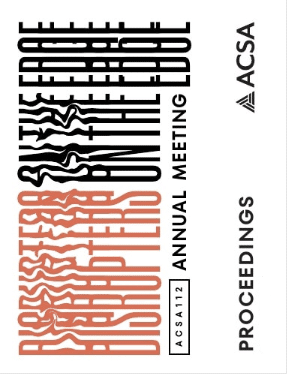Author(s): Joshua Budiongan & Thomas Provost
Like most of its peers, Detroit’s history is filled with standard plays: large-scale urban renewal, highway expansion, redlining, racial restrictive covenants, and widespread single-family zoning.1 There is perhaps no greater compounding injustice in Detroit than the construction of I-375 that occurred in the areas known as Black Bottom and Paradise Valley. Once home to over 140,000 people, the immediate area is now a major 8-lane highway interchange with two distinct tales of residential redevelopment on either side.2 To the East, blanketed in tree cover and punctuated by squared hedges, a private residential community called Lafayette Park features a mix of rental apartments and signature glass-and-steel townhouses designed by Mies van der Rohe. To the West, an empty and overgrown field where the Brewster-Douglass Housing Projects once stood. Brewster Douglass was the physical antithesis to Lafayette Park as a cluster of six identical 15-story, brick-clad towers with small punched windows towering over the highway.
https://doi.org/10.35483/ACSA.AM.112.103
Volume Editors
Germane Barnes & Blair Satterfield
ISBN
978-1-944214-45-6

 Study Architecture
Study Architecture  ProPEL
ProPEL 
